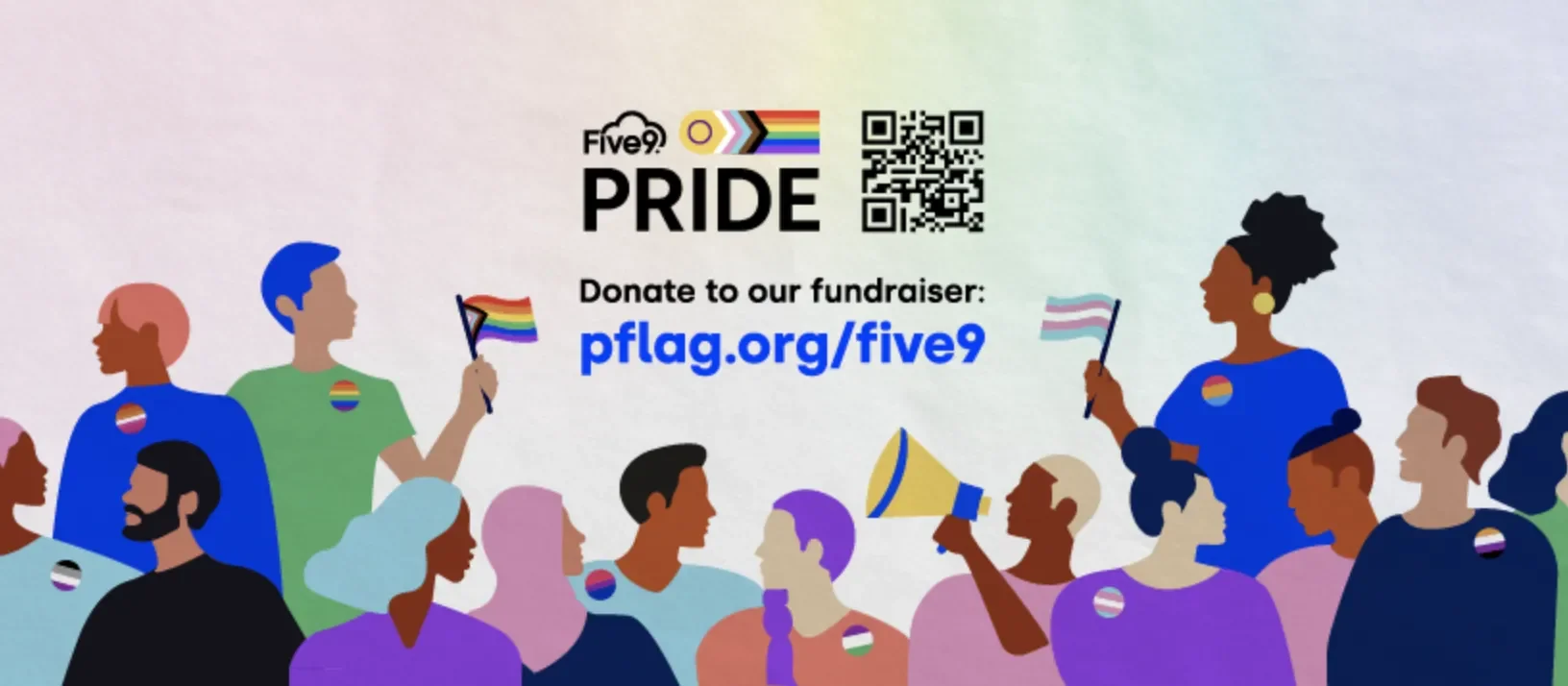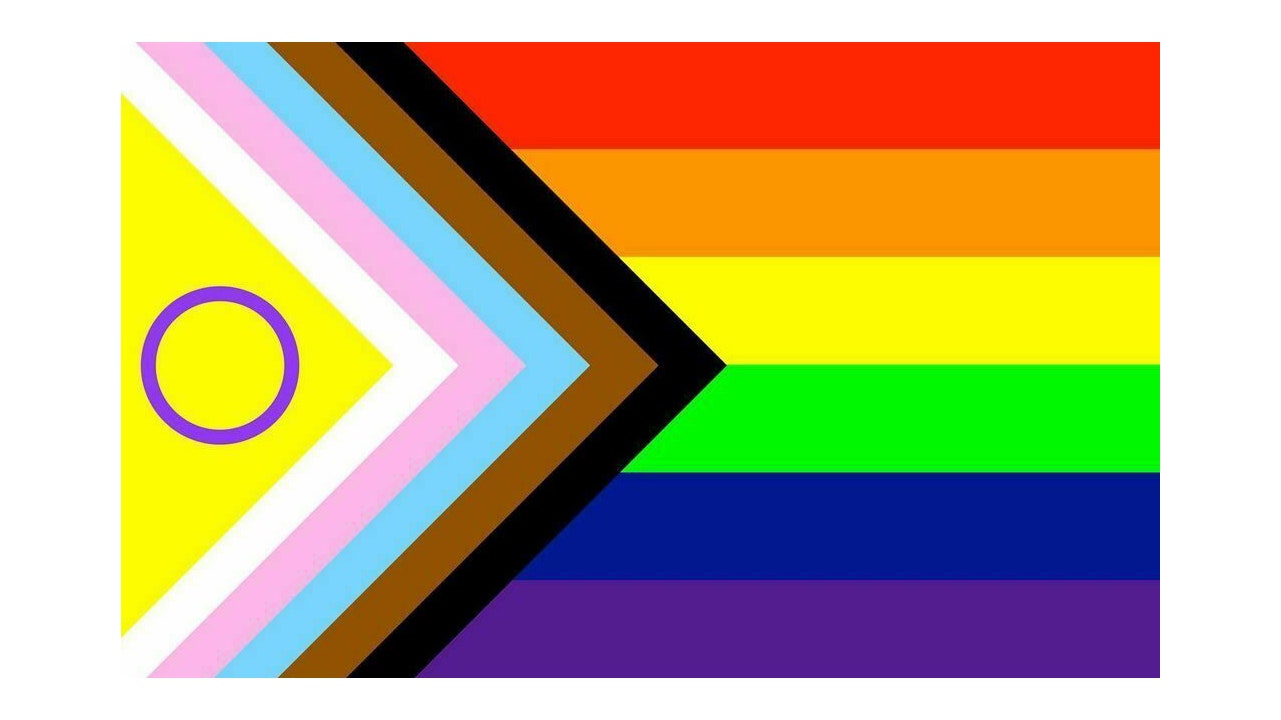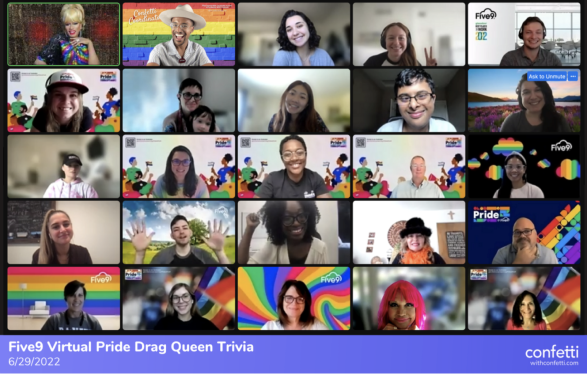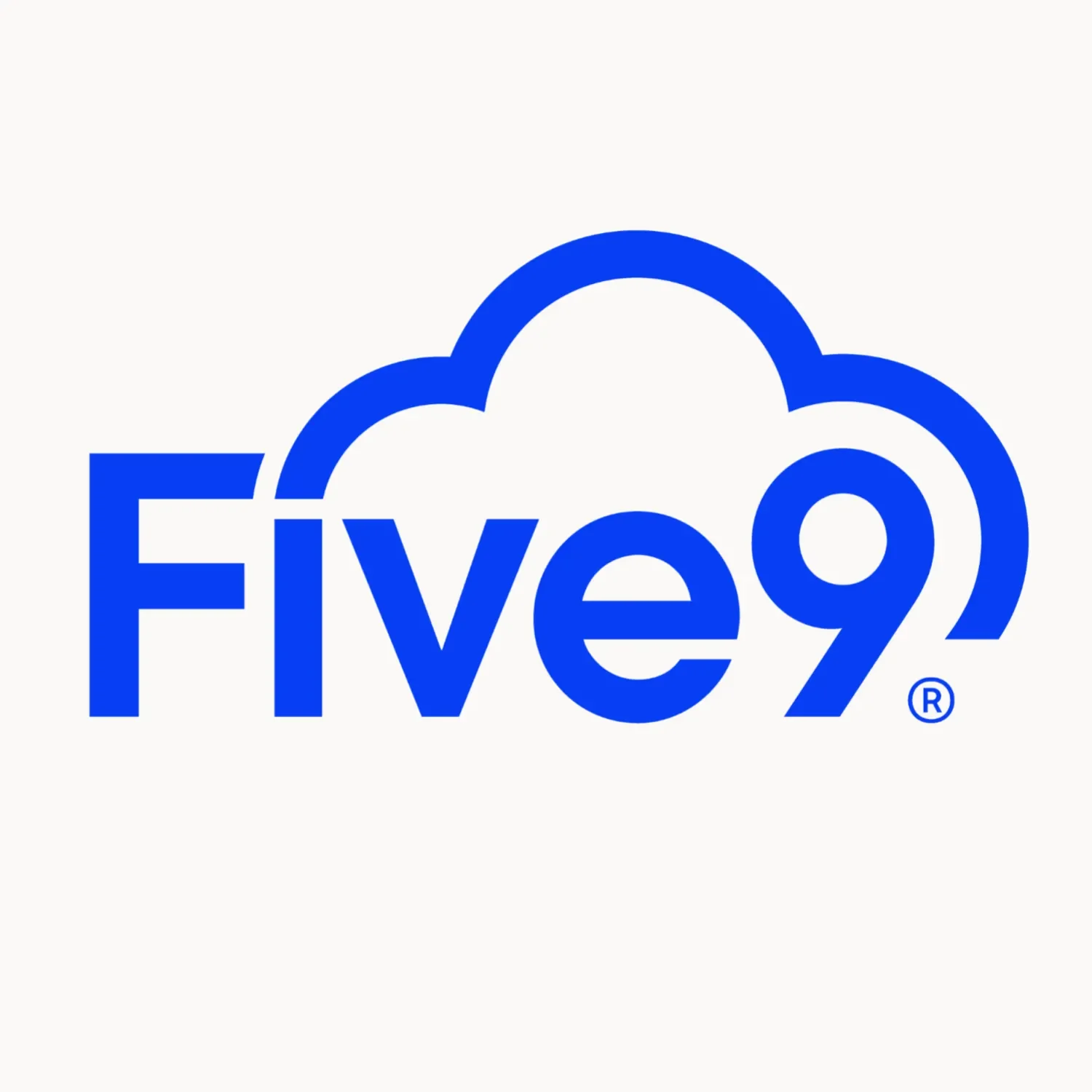
Unpacking the Rainbow Symbol of Pride: Why it Matters
We’ve made it to June, which means the weather is heating up and the rainbows are coming out to celebrate Pride Month! You may have noticed an increase in "rainbow visibility" in many of our corporate, retail, and even sports spaces. While the flaunting of the rainbow flag continues, attacks on the LGBTQ+ community have also continued at alarming rates. Now, more than ever, it’s vital to not only show pride in our actions, but also through education and awareness.
We at Five9 recognize the importance of understanding how to respect and support the LGBTQ+ community. To help quell the performative act of rainbow washing, Five9's Employee Resource Group, Pride@Five9 is here to help educate our readers on some of the Pride symbols we use throughout the year to raise awareness of its rich history.
A Symbol of and for Pride
It is common knowledge that the rainbow flag is a symbol of LGBTQ+ Pride. However, it is less commonly known that the colors reflect the diversity of the LGBTQ+ community itself.
The rainbow flag became a symbol for gay Pride in 1978, when Gilbert Baker, an openly gay male artist and drag queen, was asked by Harvey Milk, the first openly gay elected official in the U.S., to design a visual representation for the LGBTQ+ community.
The original colors of the Pride flag included pink, red, orange, yellow, green, turquoise, indigo, and violet. The colors all represent something specific. Pink represents sexuality, red symbolizes life, orange stands for healing, yellow for the sun, green represents nature, turquoise for art, indigo for harmony, and violet symbolizes the soul.

The flag has changed six times since its origin in 1978. The most up-to-date flag is considered the Progress Pride flag and has multiple symbols to recognize various identities within the community. These identities are as follows: trans folk are represented by the blue, pink, and white colors, marginalized people of color are represented by the addition of a black and brown stripe, and those living with HIV and or AIDS are represented by the yellow triangle with the purple circle on the inside. Additionally, the arrow that is formed is pointing right to symbolize forward movement while acknowledging that there is still room for progress with an arrow on the left side of the flag.

Show Your Pride by Showing Up for Your Community
Understanding the meaning behind the colors and flags is important because the symbolization behind them represents real people, real-life experiences, and continued challenges. Pride Month, and the Pride community, extend beyond just the colors of a flag. This is especially important for corporate companies to consider when—while done with good intentions—displaying the Pride colors in their advertising, social media, and in Pride parade contingents can be seen as performative in nature rather than truly representative of the allyship that is necessary throughout the year.
This Pride Month, we challenge everyone to take time to learn about LGBTQ+ history and culture. We all have the responsibility of doing more than the performative. We must commit time to understanding those in the community and how to be better allies.
Five9 is showing our support during Pride Month by fundraising for PFLAG. Founded in 1973 by a mother and her gay son, PFLAG was born from the unified front of a family leading with love. PFLAG’s network of hundreds of chapters are helping create an equitable and inclusive world where every LGBTQ+ person is safe, celebrated, empowered, and loved. Please consider donating to the Five9-sponsored Pride fundraiser by clicking here.
Read on to learn more about what Pride means to our Five9 LGBTQ+ community and allies.
We wish you all a happy, colorful – and meaningful – Pride Month!
- Pride@Five9
How Five9 Celebrates Pride
2023:
Drag Bingo
Pride Jeopardy!
Pride Around the World: How countries around the globe celebrate Pride
2022:
Drag Queen Trivia
Movie Night
DIC & Pride @Five9 Pride Panel: Being BlatinX and Out in Tech
Five9 @ Pride & Xposure Pride Month Webinar: Beyond Rainbows & Parades: Building a Safe Culture for LGBT Employees All Year Round





